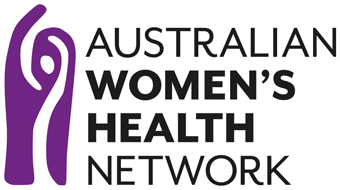Pap smear rates among Australian community-attached lesbian and bisexual women: some good news but disparities persist
Publisher: CSIOR 2015
Status – CURRENT
Background: Research in the US and UK shows lesbian women are less likely than their heterosexual peers to attend for routine Pap smear tests. This study examined Pap smear test rates among community-attached lesbian, bisexual and queer (LBQ) women in New South Wales, to investigate if rates had changed between 2002 and 2012, compare rates to the general NSW population and identify predictive factors for Pap smear test attendance. Method: Data was taken from the Sydney Women and Sexual Health (SWASH) survey, a self-completed biennial questionnaire of LBQ women’s health and wellbeing. Results: Of the 4083 respondents, 83% had ever had a Pap smear test. Recent attendance rates were slightly higher than the general population. Significant predictors for ever having attended for a Pap smear test were older age, post-year 12 education, ever having had an STI test, being out about sexuality to a regular doctor and ever having had sex with men. Conclusions: Pap smear rates for LBQ women are encouraging when compared to rates in similar countries. A significant proportion of LBQ women are never receiving Pap smear tests. Predictive factors suggest a continued perception that women who have not had sex with men are not at risk of HPV, and highlight the importance of health providers providing a safe and welcoming environment for LBQ women to openly discuss their health. LBQ, LBTI, lesbian, bisexual, queer, Pap smear, cervical cancer, reproductive health

